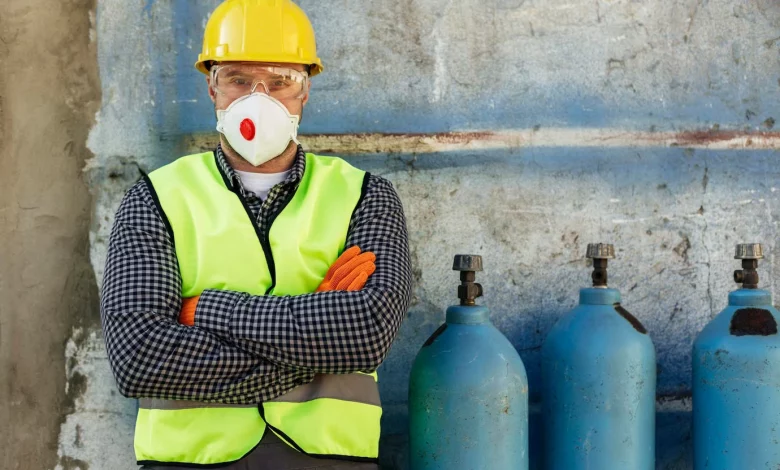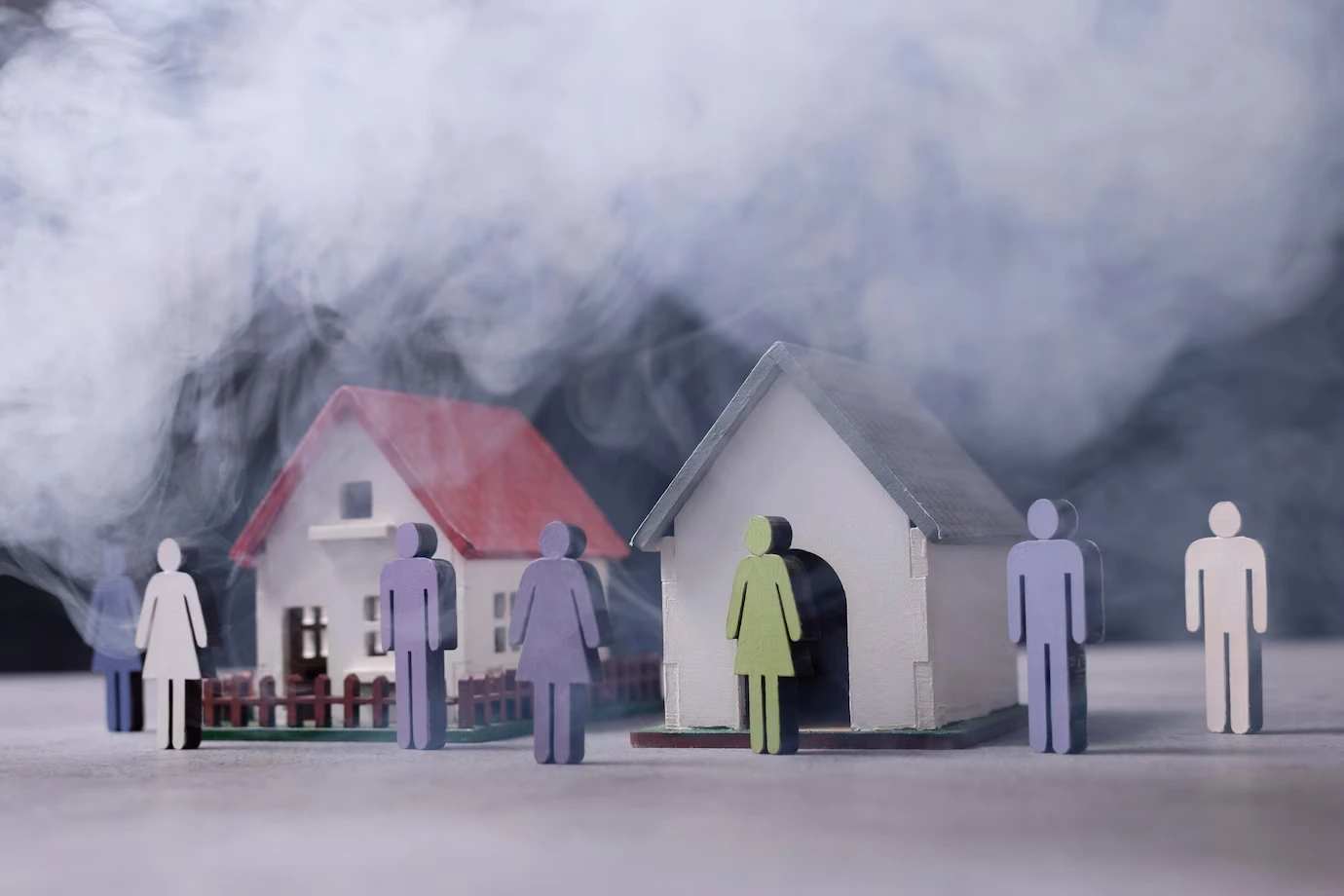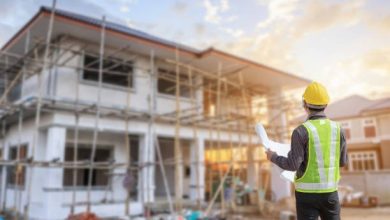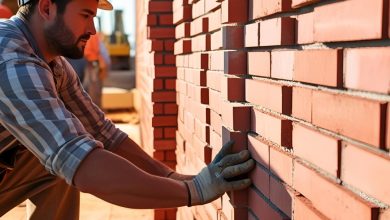Radon Gas Uncovered: 7 Frequently Asked Radon Gas Questions

Imagine living in a seemingly idyllic home, blissfully unaware of a silent menace lurking beneath its very foundation, waiting to sabotage the health and well-being of your loved ones. We often overlook the dangers that may hide in plain sight, like the elusive, potentially lethal radon gas.
This eye-opening blog post will delve into the frequently asked questions surrounding this invisible threat, unraveling the truth and raising awareness about its magnitude. Brace yourself for a captivating journey into the hidden mysteries of radon gas, where knowledge becomes the ultimate weapon in safeguarding our homes and the lives of those we cherish.
What Is Radon, and Where Does It Come From?
Radon in water is not as common or as dangerous, it is when radon escapes from the soil and gets into the air we breathe that it becomes a significant concern. Radon gas accumulates in low-lying areas like basements, potentially threatening many homes and buildings.
Understanding the origins of radon gas is crucial in addressing this issue. As mentioned earlier, radon forms due to the decay of uranium found in soil. Uranium is a naturally occurring element found in rocks and soil. Over time, uranium breaks down into radon gas, which can seep through the soil and enter buildings through cracks in the foundation, gaps around pipes, or other openings.
Once radon gas enters a building, it can become trapped and accumulate. This is especially true in well-insulated or poorly ventilated areas, such as basements or crawl spaces. Unfortunately, many people are unaware of the presence of radon gas in their homes or workplaces because it is invisible, odorless, and tasteless.
The dangers of radon gas are significant. Prolonged exposure to high levels of radon gas increases the risk of developing lung cancer, especially for smokers. In fact, radon gas is the second leading cause of lung cancer after smoking, responsible for thousands of deaths each year.
To protect yourself and your loved ones from the harmful effects of radon gas, it is important to test your home or workplace for radon levels. Do-it-yourself radon testing kits are available, or you can hire a professional to conduct the test for you. If high radon levels are detected, mitigation measures can be taken to reduce the concentration of radon gas and ensure a healthier living or working environment.
What Is Radon Exposure and What Are The Signs?
Radon is a cancer-causing gas that contains radioactive particles. When inhaled, these particles become trapped in the lungs, emitting radiation that can damage the cells and lead to lung cancer. Prolonged exposure to high radon levels increases the risk of developing lung cancer, especially for smokers.
It’s important to note that radon exposure can occur in any type of building, including homes, schools, and workplaces. Radon can seep into buildings through cracks in the foundation, gaps around pipes, and other entry points. Without proper testing and mitigation, radon can accumulate to dangerous levels, posing a significant health risk to occupants.
Signs and symptoms of radon exposure are:
- A persistent cough that doesn’t get better
- Difficulty breathing
- Coughing up blood
- Chest pains
- Wheezing
- Hoarseness
It’s important to note that many people dismiss these symptoms as a common cold or minor respiratory issues, not realizing that the cause could be far more serious. Therefore, if you experience any of these signs, you must consult a healthcare professional immediately. They can assess your symptoms, perform necessary tests, and determine the underlying cause.
Why Is Radon Dangerous?
Exposure to radon gas is a serious concern due to its radioactive properties. When radon is inhaled, its radioactive particles can become lodged in the lungs. Over time, these particles release energy in the form of alpha particles, which can damage lung tissue and increase the risk of developing lung cancer.
According to the U.S. Environmental Protection Agency (EPA), radon is the second leading cause of lung cancer in the United States, with more than 21,000 deaths attributed to radon-related lung cancer each year. This alarming statistic highlights the urgent need for radon awareness and mitigation measures.

Who is at Risk?
Everyone is potentially at risk of radon exposure, regardless of age or lifestyle. However, certain factors can increase the risk:
- Geographical Location: Some regions have higher levels of radon due to the geological composition of the soil. Understanding the radon levels in your area and taking appropriate measures is essential.
- Building Type: Radon can seep into any building, including homes, schools, and workplaces. Older buildings with poor ventilation systems and airtight construction are particularly susceptible.
- Smoking: Combining radon exposure with smoking significantly increases the risk of lung cancer. Smokers exposed to radon are more likely to develop lung cancer than non-smokers.
Protecting Yourself and Your Loved Ones
Given the dangers of radon exposure, it is crucial to take proactive steps to minimize the risks:
- Radon Testing: The first step in protecting yourself is to test your home for radon. DIY radon test kits are readily available, or you can hire a professional radon testing service for a more accurate assessment.
- Radon Mitigation: If high radon levels are detected, mitigation measures should be implemented to reduce exposure. Radon mitigation systems, such as sub-slab depressurization and ventilation, can lower radon levels and create a safer living environment.
- Awareness and Education: Spreading awareness about radon and its risks is vital in protecting the community. Educate yourself and others about the dangers of radon, and encourage regular testing and mitigation efforts.
Are There Any Other Health Risks?
To fully comprehend the potential health risks, it’s essential to understand the nature of radon gas. Radon is a colorless and odorless radioactive gas formed by uranium’s natural breakdown in soil, rock, and water. It can enter your home through cracks and openings in the foundation, accumulating to dangerous levels if not properly mitigated.
While lung cancer is the most significant health risk associated with radon exposure, it is not the only potential concern. Prolonged exposure to radon gas has been linked to an increased risk of other respiratory issues, such as chronic obstructive pulmonary disease (COPD) and other respiratory diseases.
Furthermore, radon exposure can be especially harmful to smokers. Combining smoking and exposure to elevated radon levels significantly elevates the risk of developing lung cancer. The World Health Organization (WHO) estimates that radon is the second leading cause of lung cancer, after smoking.
It is crucial to take preventive measures to reduce the health risks associated with radon gas. Testing your home for radon levels is the first step in determining if mitigation is necessary. Radon test kits are widely available and can be easily used to assess the radon levels in your home.
If elevated radon levels are detected, seeking professional assistance for radon mitigation is essential. Qualified radon mitigation professionals can design and install a system to reduce radon levels in your home, ensuring a safe and healthy living environment.
What Is a Safe Level Of Radon?
To determine the radon levels in your home, it is crucial to perform radon testing. The recommended unit of measurement for radon concentration is picocuries per liter (pCi/L). If your radon test results show levels above 4.0 pCi/L, it is essential to take immediate action to reduce your exposure.
Installing a radon mitigation system is an effective method to mitigate radon levels. A radon mitigation system aims to reduce indoor radon levels as low as possible, at least below 2.0 pCi/L. These systems use various techniques to vent radon gas from your home, preventing its accumulation and reducing the associated health risks.
It is important to note that achieving radon levels below 2.0 pCi/L may vary depending on your location and other factors specific to your home. Factors such as soil composition, construction type, and ventilation systems can impact the success of radon mitigation efforts. However, with the help of professional radon remediation services, it is possible to significantly lower radon levels and create a safer living environment.
How Do You Test A Home For Radon?
There are two standard methods to test your home for radon gas: short-term radon testing and long-term radon inspection (Book online appointment for random inspection – Radonbefaring). Let’s explore these methods in detail.
Short-term Radon Testing: Quick Results When You’re in a Pinch
Short-term radon tests are designed for quick results and can be as short as 48 hours or as long as 90 days. These tests involve placing a radon testing device in the lowest level of your home, such as the basement or ground floor. The device will then measure the radon levels in your home during the test period.
Short-term testing is often used in real estate transactions when time is limited. However, it is important to note that short-term tests may not provide the most accurate representation of your home’s radon levels. Various factors, such as weather conditions and ventilation patterns can influence them. For the most reliable results, it is recommended to use long-term radon testing.
Long-term Radon Testing: Accurate Results for Peace of Mind
Long-term radon testing methods are more accurate and provide an annual average of radon gas levels in your home. These tests involve using a continuous radon monitor that measures the radon levels over an extended period, typically lasting from 6 to 12 months. The minimum duration for a long-term test is 90 days.
By using a long-term radon test, you can better understand the radon levels in your home throughout different seasons and weather conditions. This comprehensive data helps assess the true risk of radon exposure and determine the necessity of radon mitigation.
What Does A Professional Radon Contractor Do?
One of the primary tasks of a radon contractor is to design a radon mitigation system tailored to your specific home and circumstances. Several factors come into play when determining the most effective mitigation approach, including the construction of your home, the type of soil beneath it, whether you have a finished basement or a crawlspace, and even the climate in which you live.
Considering these factors, a professional radon contractor will create a mitigation system to draw the radon gas from beneath your home and vent it out above your roofline. This process helps to effectively reduce the radon levels in your living space, providing you with a safer and healthier environment.
Final Thoughts
It is crucial to recognize the potential dangers of radon gas and take proactive measures to protect ourselves and our loved ones. By understanding the frequently asked questions surrounding radon gas, we can equip ourselves with the knowledge to minimize its impact on our health and well-being. From testing our homes for radon levels to implementing effective mitigation strategies, we can ensure a safer and healthier living environment. Let us embrace this eye-opening journey into the hidden mysteries of radon gas and commit to raising awareness about this invisible threat, as knowledge becomes our ultimate weapon in safeguarding our homes and the lives of those we cherish.








